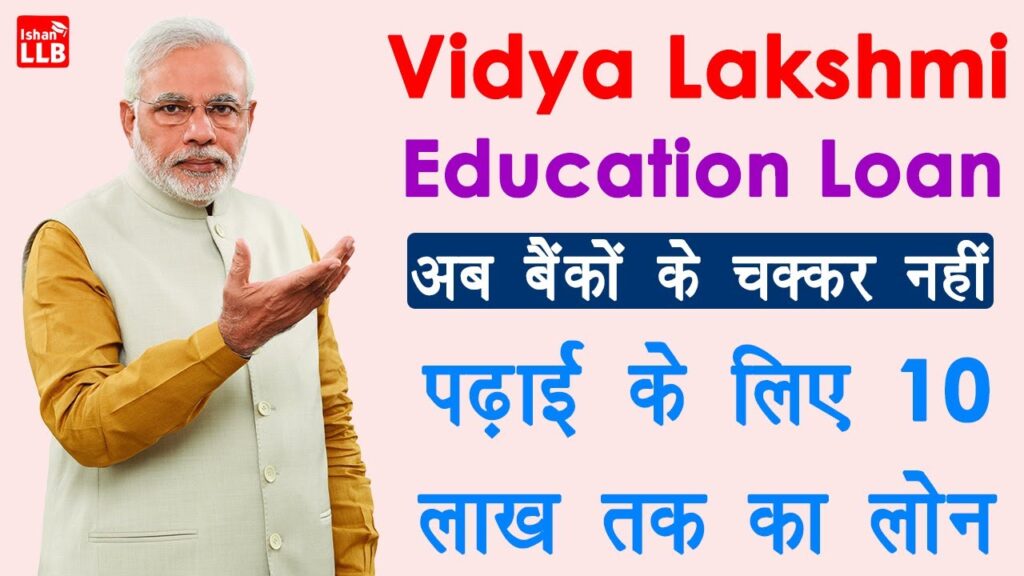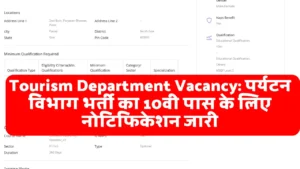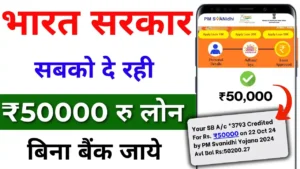Introduction to Education Loans
In the journey toward higher education, financial barriers often pose a significant challenge. This is where education loans become an essential tool, enabling students to achieve their academic dreams without financial constraints. An education loan is a specific type of loan tailored to meet the costs associated with higher education, covering everything from tuition fees to living expenses. What sets these loans apart is their flexibility and affordability, making them an attractive option for students and parents alike.

No Guarantor or Security Required for Loans up to ₹4 Lakh
One of the standout features of education loans in India is the provision to borrow up to ₹4 lakh without the need for a guarantor or security. This threshold is particularly beneficial for students from financially modest backgrounds who might find it challenging to provide collateral. This unsecured loan option reduces the initial hurdles students face when applying for a loan, making higher education more accessible to a broader audience.
Guarantor and Security for Loans Above ₹4 Lakh
When the loan amount exceeds ₹4 lakh, banks require additional assurances. For loans ranging from ₹4 lakh to ₹6.5 lakh, a guarantor is mandatory. This guarantor can be a parent or a relative who agrees to take responsibility for the repayment if the borrower fails to do so. For amounts exceeding ₹6.5 lakh, banks typically require both a guarantor and security, such as property or fixed deposits. This tiered structure ensures that the bank’s risk is mitigated, while still providing students with the necessary funds to pursue their studies.
Tax Benefits on Education Loan Interest
Another significant advantage of education loans is the tax benefits associated with the interest payments. Under Section 80E of the Income Tax Act, the interest paid on an education loan is eligible for deduction. This benefit is available for up to eight years or until the interest is fully repaid, whichever comes first. This tax-saving incentive not only reduces the financial burden on the borrower but also encourages timely repayment of the loan.
Low-Interest Rates on Education Loans
Education loans typically offer lower interest rates compared to other types of loans, such as personal loans. The government, in collaboration with banks, often subsidizes the interest rates to make education loans more affordable. The interest rate is usually linked to the Marginal Cost of Funds-based Lending Rate (MCLR), ensuring that the rates remain competitive. Additionally, there are various interest subsidy schemes available for economically weaker sections, further reducing the cost of borrowing.
How to Apply for an Education Loan Online
Gone are the days when you had to visit multiple banks to apply for an education loan. With advancements in technology, the process has become streamlined and can now be completed entirely online. The Vidya Lakshmi portal (vidyalakshmi.co.in) is one such platform that simplifies the application process, allowing students to apply for loans from multiple banks with a single application form.
Step 1: Register on the Vidya Lakshmi Portal
The first step in securing an education loan online is to register on the Vidya Lakshmi portal. This platform hosts over 307 banks and offers 126 loan schemes, providing students with a wide range of options to choose from. To register, click on the “Register” button, and fill in your personal details, such as your name, mobile number, email ID, and password. After accepting the terms and conditions, submit the form. You will receive an activation link on your registered email ID, which you need to click to activate your account.
Step 2: Fill in the Loan Application Form
Once your account is activated, log in to the portal using your credentials. Navigate to the Loan Application Form section. Here, you will need to provide detailed information about your education, including the course you wish to pursue, the name of the institute, and the expected expenses. You will also need to fill in your personal information, such as your date of birth, gender, and the income details of your parents or guardians.
Step 3: Upload Required Documents
After filling out the application form, the next step is to upload the necessary documents. These typically include your marksheets, proof of admission, income proof, and identity documents like Aadhaar and PAN cards. The documents must be scanned and uploaded in the format specified by the portal. Ensuring that all documents are uploaded correctly is crucial, as any discrepancies could delay the processing of your loan application.
Step 4: Search and Apply for Loan Schemes
With your application form and documents ready, you can now search for suitable loan schemes offered by various banks. The Vidya Lakshmi portal allows you to filter loan options based on criteria such as the loan amount, interest rates, and repayment terms. Once you have selected a loan scheme that meets your requirements, click on the “Apply” button. You can apply to multiple banks simultaneously, increasing your chances of approval.
Step 5: Track Your Loan Application Status
After submitting your application, you can track its status through the Vidya Lakshmi portal. The portal provides real-time updates on your application, including whether it has been approved, is under review, or requires additional documentation. This feature eliminates the need for follow-up visits to the bank, as all the information is readily available online.
Benefits of Using the Vidya Lakshmi Portal
The Vidya Lakshmi portal offers several advantages over traditional methods of applying for an education loan. Firstly, it saves time by allowing you to apply to multiple banks with a single application. Secondly, it provides transparency by displaying all available loan schemes in one place, enabling you to make an informed decision. Lastly, it simplifies the documentation process by allowing you to upload all necessary documents online.
Repayment and Moratorium Period
One of the key features of education loans is the moratorium period, which is a grace period during which the borrower is not required to make any repayments. This period usually extends for the duration of the course plus an additional 6-12 months after course completion. The purpose of the moratorium period is to give students time to secure employment before starting their loan repayment. Once the moratorium period ends, the loan repayment begins, typically in equated monthly installments (EMIs).
Conclusion
An education loan is a powerful tool that can turn the dream of higher education into reality. With benefits such as no guarantor requirement for loans up to ₹4 lakh, tax deductions on interest payments, and the availability of low-interest rates, these loans offer a financially viable solution for students. By leveraging online platforms like the Vidya Lakshmi portal, the process of applying for and securing an education loan has become more accessible and efficient than ever before. Whether you are planning to study in India or abroad, an education loan can provide the necessary financial support to help you achieve your academic and professional goals.

















